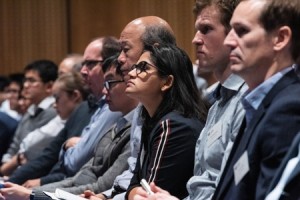What’s changed in a year? The next ESOO
The Australian Energy Market Operator (AEMO) has forecast the reliability outlook for the next decade based on existing and committed generation capacity.
The 2020 Electricity Statement of Opportunities (ESOO) forecast shows that there is no breach of the reliability standard in the next decade in contrast to last year’s report, Figure 1 and Figure 2. In fact, most states also look favourable compared with the interim reliability target imposed on retailers.
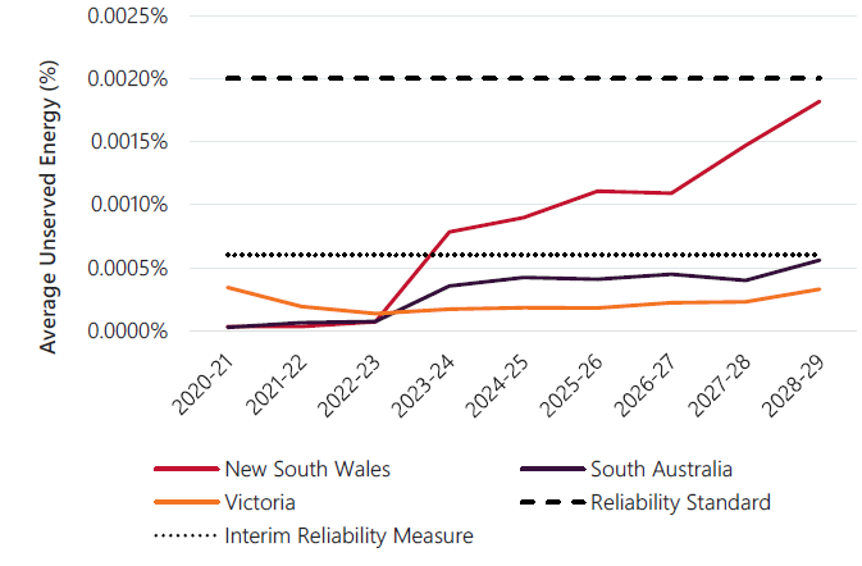
Figure 1: Expected unserved energy, Central scenario, 2020-21 to 2029-30[1]
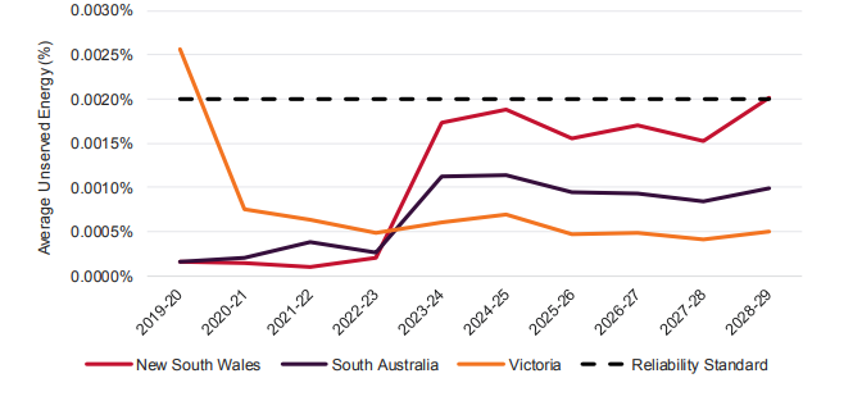
Fig 2 – Expected unserved energy, 2019-20 to 2028-29[2]
Key changes to improve the USE
Lower energy consumption forecast
COVID has led to a decrease in commercial consumption offset by an increase in residential consumption. The increase in residential consumption is caused by consumers working from home with additional heating or cooling load. Overall, AEMO is projecting lower summer demand this year compared with previous years.
Uplift of PV
PV prices have continued to decrease, system sizes have increased, and installation rates have remained strong. The Victorian solar homes program has been more fully incorporated in the 2020 ESOO compared with last year.
New/retiring generation
The forecast includes about 2,600 MW of generation currently in commissioning phase, 6,200 MW of committed generation and a further 2,040 MW from Snowy 2.0. AEMO forecasts that almost 70 per cent of this capacity will become operational sometime this summer.
AEMO forced outage rates for thermal generation
This is the first ESOO where AEMO has included forward-looking forced generator outage rates to forecast thermal generator downtime. This takes account of maintenance and the potential for deteriorating performance closer to the expected closure dates. AEMO considers a backward-looking approach is failing to adequately capture changes in outage rates.
How has it changed in Vic?
The implications of the various forecasts for Victoria are outlined in Figure 3.
Despite this improved situation, extreme weather events and the tighter linkage of renewable generators to weather will remain risks to supply reliability.
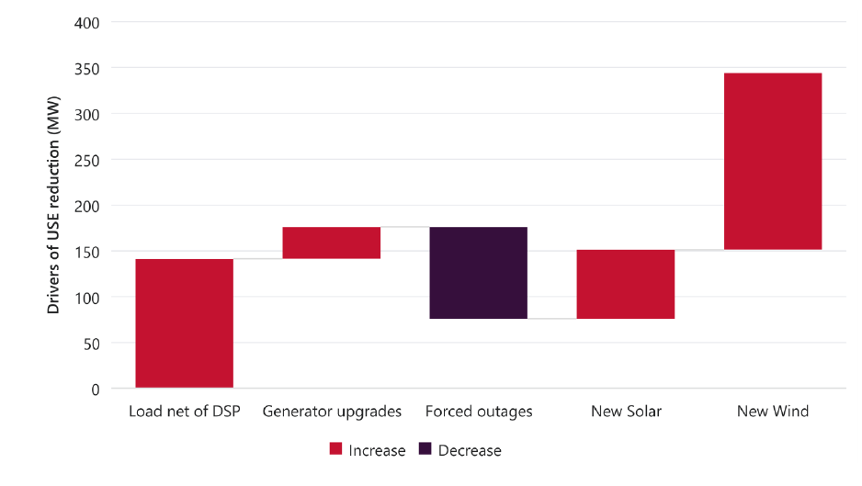
Figure 3 – Drivers of expected USE reduction in Victoria (2020 ESOO forecast of 2020-21 vs 2019 ESOO forecast of 2019-20) – excluding Loy Yang A/Mortlake outage impact[3]
How does transmission help?
Transmission projects can help reduce network constraints that represent thermal or stability limits which prevent generation from being dispatched in the NEM.
This year’s ESOO has included major and minor transmission projects that have completed the regulatory investment test.
The major augmentations include the Queensland to NSW interconnector upgrade expected by December 2022 and the Victoria to NSW upgrade (Victorian side) also by December 2022.
A range of minor augmentations which are due to be commissioned over the next few years out to 2024 are also included.
The installation of synchronous condensers in SA and the Western Victorian transmission upgrade project are included in this list.
AEMO released the 2020 Integrated System Plan (ISP) in July. This highlights four major actionable ISP projects that are due to be completed by 2026 and have been included in sensitivity analyses in the ESOO:
- Victoria to NSW minor upgrade, included from 2022;
- Project Energy Connect – a new interconnector between SA and NSW which is modelled to be in service from July 2024;
- HumeLink – a transmission upgrade to increase transfer capacity from Snowy to demand centres, included in the modelling from July 2025; and
- Central-West Orana REZ Transmission link – creation of a renewable energy zone in line with the NSW Electricity Strategy and transmission capacity to major load centres, included in the modelling from July 2025.
The ESOO reconfirms the importance of targeted transmission augmentations, to deliver important reliability and resilience benefits, as indicated in Figure 4. Benefits of these projects go beyond reliability to fuel cost savings, sharing of renewable resources across a broader area, encouraging wholesale market competition and enhanced security.
Project Energy Connect delivers a noticeable reliability improvement in SA from 2024 and a more muted benefit in NSW.
HumeLink will unlock the additional firm capacity provided by Snowy 2.0 and provide reliability benefits to NSW and SA from 2025. Snowy 2.0 alone has limited benefits given the levels of congestion on the transmission network in southern NSW.
Given the generation in Central-West Orana is not yet committed, these benefits have not been included in this year’s ESOO sensitivity.
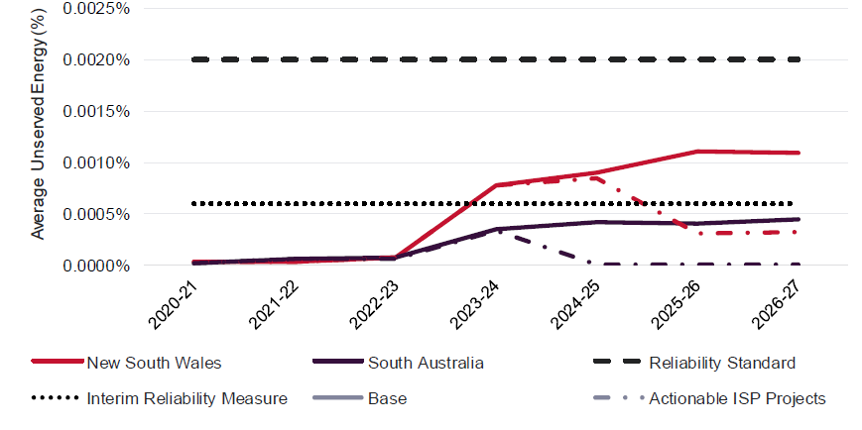
Fig 4 – The reliability impact of actionable ISP projects in the 2020 ESOO[4]
Meeting or not meeting the reliability standard does not mean there will be no localised blackouts. However, a more interconnected grid with reduced congestion does provide more flexibility to share generation and firm capacity to improve reliability.
References
[1] AEMO, 2020 Electricity Statement of Opportunities, August 2020, p7
[2] AEMO, 2019 Electricity Statement of Opportunities, August 2019, p10
[3] AEMO, 2020 Electricity Statement of Opportunities, August 2020, p52
[4] AEMO, 2020 Electricity Statement of Opportunities, August 2020, p64
